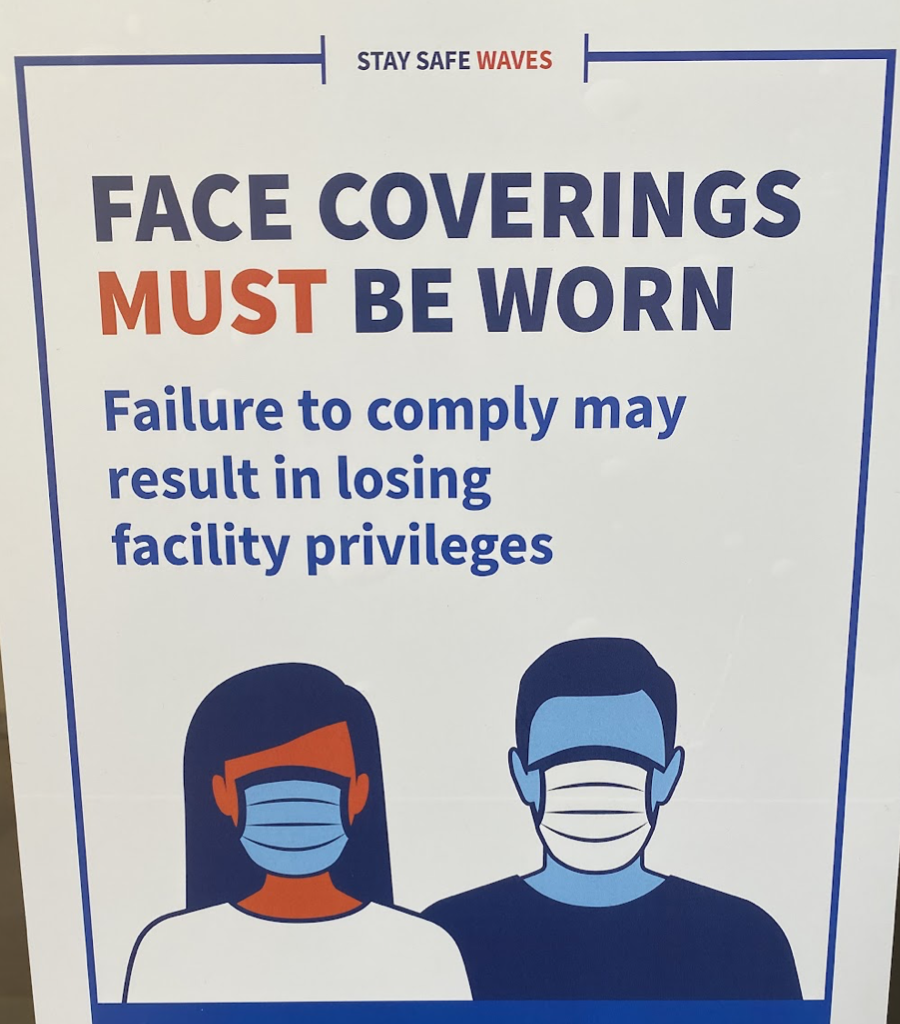Stuck in a rut. Caught in the rat race. Our culture has a variety of ways of describing the feeling, each hoping to encapsulate a sense of frustration at a monotonous, fruitless, often urban lifestyle that leaves people feeling trapped, irredeemably beholden to a way of life that doesn’t satisfy their sense of purpose.
Even worse, the feeling is a natural response to a society that so often sacrifices the values that give life meaning for an unrelenting insistence on efficiency, hence why this is so acutely felt in our urban economic centers. This demand inevitably erodes the finer local and regional peculiarities that give a community character and a distinct identity. It seems that quietly accepting the monotony of modernity is assumed to be a critical aspect of maturing. Sometimes this monotony is imposed from the top down.
Consider one of big businesses’ oft ignored crimes against society; the soulless art frequently featured in their ads, often derisively referred to as corporate flat art, corporate Memphis, or even Big Tech Art. It’s everywhere, from The New York Times to Facebook to the popular dating app Hinge. It’s visible in The New Yorker, YouTube, the World Health Organization, the United Nations, and a litany of other organizations and companies.
When I queued up music and sat down to write this, I was bombarded with an ugly array of gangly armed flat people telling me that Google Fi is a “phone plan that can.” I’m even personally haunted by the specter of flat art whenever I enter my university’s gym.

This unsettling ubiquity has given rise to a subreddit that’s dubbed it “globohomo art,” an abbreviation of “global homogenization.” Commenters condemn it as a style “mostly used by large companies and sociopolitical organizations that push for a globalized and homogenized society devoid of social and cultural identity.” While its widespread use and sheer ugliness has opened it to criticism and mockery, it’s struck a chord not simply for what it looks like, but for what it represents.
The Corporate Mascot Of Cultural Malaise
It might seem strange to dedicate any time to discusssing ads that are often witnessed only momentarily in hastily skipped YouTube shorts or swiftly dismissed in unsolicited pop-ups. But while their presence in our life is often fleeting, the style embodies a widespread cultural malaise that is anything but.
Daily routines can become suffocating. Our natural desire for adventure is off-shored to superhero movies or Star Wars films, each of which seems to blur into the next. Empty hookups and pornography are presented as alternatives to genuine connection. Even exciting but ultimately fruitless escapism, be it a weekly bout of intoxication or Sunday’s big game, is permitted on a consistent schedule.
It’s not the timing that’s the problem per se — life has to be organized. It’s that the lack of spontaneity only exacerbates monotony increasingly punctuated only by consumer-oriented alternatives to genuine sources of meaning. It’s emblematic of an outlook that views people as consumers, communities as economic zones, and our nation as a global shopping mall.
The style itself, just like much of our glass, concrete, and steel modern architecture, is evidence of our emphasis on hyper-efficient mass production and demand for utility. The buildings look just as at home in Tempe as they would in Tokyo, which is to say their sought-after universality has prevented them from having any true home at all. To the extent this art expresses anything, it reeks of a disingenuous, oppressive contentment, existing solely to smoothen the rougher edges of a sales pitch.
In vain, these flat people endeavor to provide a vaguely human touch to a plea for you to consume another product. Their artificiality remains whether they are advertising a “phone plan that can,” a New York Times account, or the latest subscription service so you can watch social justice inspired remakes while you and your Tinder hook-up share a microfinanced Papa John’s pizza. In their attempt to humanize this consumerist malaise, the flat people have become the subjects of scorn, properly noted as the avatars of the chronic commodification and dehumanization that stems from our obsession with efficiency.
Flat Art’s Lone Virtue
Despite the criticism, the style does have a redeeming quality. It’s honest. In order to maximize profit, global corporations have developed an overarching impulse; to relentlessly homogenize our world. Flat art is simply an embodiment of this proclivity.
I recall driving with my dad through his hometown as a kid. Each trip was dotted with stories of his childhood. He would tell of the mom and pop toy store he used to ride his bike to just across the railroad tracks and of the apricot orchards he’d run through with his friends. The toy store had gone out of business long ago. The rows of apricot trees had been paved over, displaced by rows of cookie cutter apartment complexes.
Although he could drive just down the road to his old neighborhood, my dad could never go home. The little details that make a home had been erased, in part by chain stores all too eager to sacrifice local culture — and the beauty that comes with it — for profit maximization.
At the time, I was oblivious to the fact that this phenomenon wasn’t unique to my dad’s hometown, that local cultures across the country were being strip-mined to make way for strip malls. This process was only accelerated during lockdowns, when mom and pop shops closed while the Walmarts and Targets stayed open and Blackrock began snapping up neighborhoods.
After all, why allow a family-run Italian pizzeria to flourish when Roundtable can buy it out and copy and paste their business form from one town to the next? Why create new art when you can just copy and paste the same green man with lanky limbs from one display to the next? Why invest in beauty when you won’t make a financial return, or in distinct cultural identities when they’ll only impede the spread of chain stores and corporate hegemonies?
Local Cultures, Or Corporate Mono-Culture?
There are higher virtues above efficiency and transferability, and value can’t just be measured in dollars and cents. Communal fulfillment requires more than Chinese-produced trinkets or fast food from the open-24-hours McDonalds that replaced Gus’s Deli. Communities need identity and people need genuine sources of meaning, not just cheap substitutes. As Roger Scruton so brilliantly articulated, we need beauty.
With our neo-liberal ruling class inextricably aligned with the corporate world and big finance, our political realignment gives the right an exhilarating opportunity; a chance to be the vanguard of a romantic approach to public life. Isn’t this exactly what so many unconsciously clamor for every time they engage in their preferred vector of escapism and try to dodge the oppressive homogeneity that has made everywhere familiar, but nowhere home?
Any political project that intends to affirm the dignity of local cultures or the virtue of beauty can only do so by subjugating the influence of corporate conformity beneath the natural human desires for aesthetic beauty and communal self ownership. President Trump’s mandate for a revival of classical architecture was a step in the right direction, although it was swiftly revoked by Biden. Other tangible steps must be discussed by city planners, architects, artists, policy makers, and communities themselves.
What we do know however, is that this imposition of standardized soullessness will prove too suffocating to tolerate, and more importantly, that beauty can only be defended when we cultivate a healthy disdain for the willful ugliness that characterizes so much of our public life.









